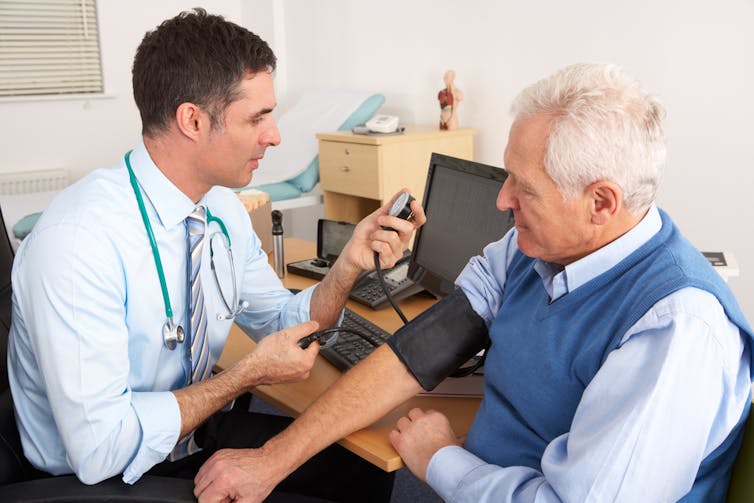Federal health minister Peter Dutton has commissioned a review of Labor’s troubled Personally Controlled Electronic Health Record (PCEHR) project. It’s unclear whether the review committee is to decide whether to scrap the project altogether or to try and fix it. Hopefully it is not the latter because if the past year has taught us anything, it is that this is not a fixable problem. It needs to go.
The PCEHR project, which has cost A$1 billion so far, had earlier this year failed to meet a self-imposed target of 500,000 patients signed up by July 1. Of more concern was the lack of participation by GPs and the lack of any significant progress to meaningful use of the system.
The review committee will be chaired by Richard Royle, executive director of the UnitingCare Health group in Queensland. Royle will be assisted by Dr Steve Hambleton, president of the Australian Medical Association and Andrew Walduck, chief information officer of Australia Post.
The choice of CIO of Australia Post is curious given that Australia Post itself has implemented a project called Digital MailBox which has been as unsuccessful as the PCEHR. Or perhaps that is the point – Walduck may have a unique insight into recognising unsuccessful IT projects.
Promises vs realities
In principle, the idea of a shareable, internet-based electronic health record is a good one. For people in a situation where they can’t remember all the details of their medications or exact dates of operations, previous diagnoses and complications, an up-to-date summary of this information can provide critical information in the provision of hospital care.
But these scenarios are the exception and not the rule. In fact, there are unlikely to be any clear benefits from PCEHR – even if we were able to measure them. There is no research or other evidence that the PCEHR would have brought about any direct benefit to the population’s health, even if the impossible happened and it managed to sign up a significant portion of the population and achieved meaningful use.
The core of the PCEHR’s problems lie not with electronic systems, implementations, usability or the patient, but with the person charged with driving the system, the GP. It is the GP’s data that is being uploaded and it is ultimately the GP’s responsibility to ensure that the data is complete, accurate, timely and relevant. It is the GP who will be held responsible if anyone else acts on this data and something untoward happens.

But, the GP does not have control over what happens to the record, who it is shown to, what the patient can show or hide and ultimately how another person decides to act on the basis of their information. The GP does not determine how that data is subsequently used by the government or what it is used for.
This is ultimately a very big ask of time-poor GPs who may never see any tangible benefits from these efforts but face very real risks. Under the current Australian fee-for-service remuneration scheme for GPs there is no way to convince them otherwise. Specifically paying GPs to add this information would not work either, as GPs would still have to be convinced that the time spent curating the information was more valuable than seeing another patient.
The expectation that patients will drive the demand is also fanciful given the low level of understanding of the benefits and risks of the PCEHR within the public.
Next steps
The review committee is due to run for six weeks and it is clear that – as has been pointed out by e-health blogger David Moore – this is insufficient time to achieve any meaningful understanding of what didn’t happen, let alone what is needed to fix it.
One can only imagine that a decision has already been made as to the outcome. But to move towards a workable e-health system in Australia, my recommendations are to:
1) Scrap the PCEHR to avoid any further effort and money being wasted. Some commentators have suggested that private industry should take it up, but this would only add commercial self-interest and a whole raft of other issues to an unachievable goal.
2) Redirect effort to implementing the standards and infrastructure that underpinned the PCEHR. This would be the health identifiers, secure message standards, authentication and underlying exchange of information. These features solve real problems being faced by health services today.
The adoption of patient health identifiers by pathology and radiology laboratories in particular would help ensure that results are correctly identified and sent to the right place.
Secure messaging standards are helping to drive more efficient exchange of information between health professionals and further support of these standards would increase the range of content exchanged in this way.
3) Bolster policy and legislation to enable the sharing of clinical information between providers at a local level. There are a number of products already on in use that provide the ability to share clinical information securely to health professionals that need access. The PCEHR provides little extra advantage over these systems.

